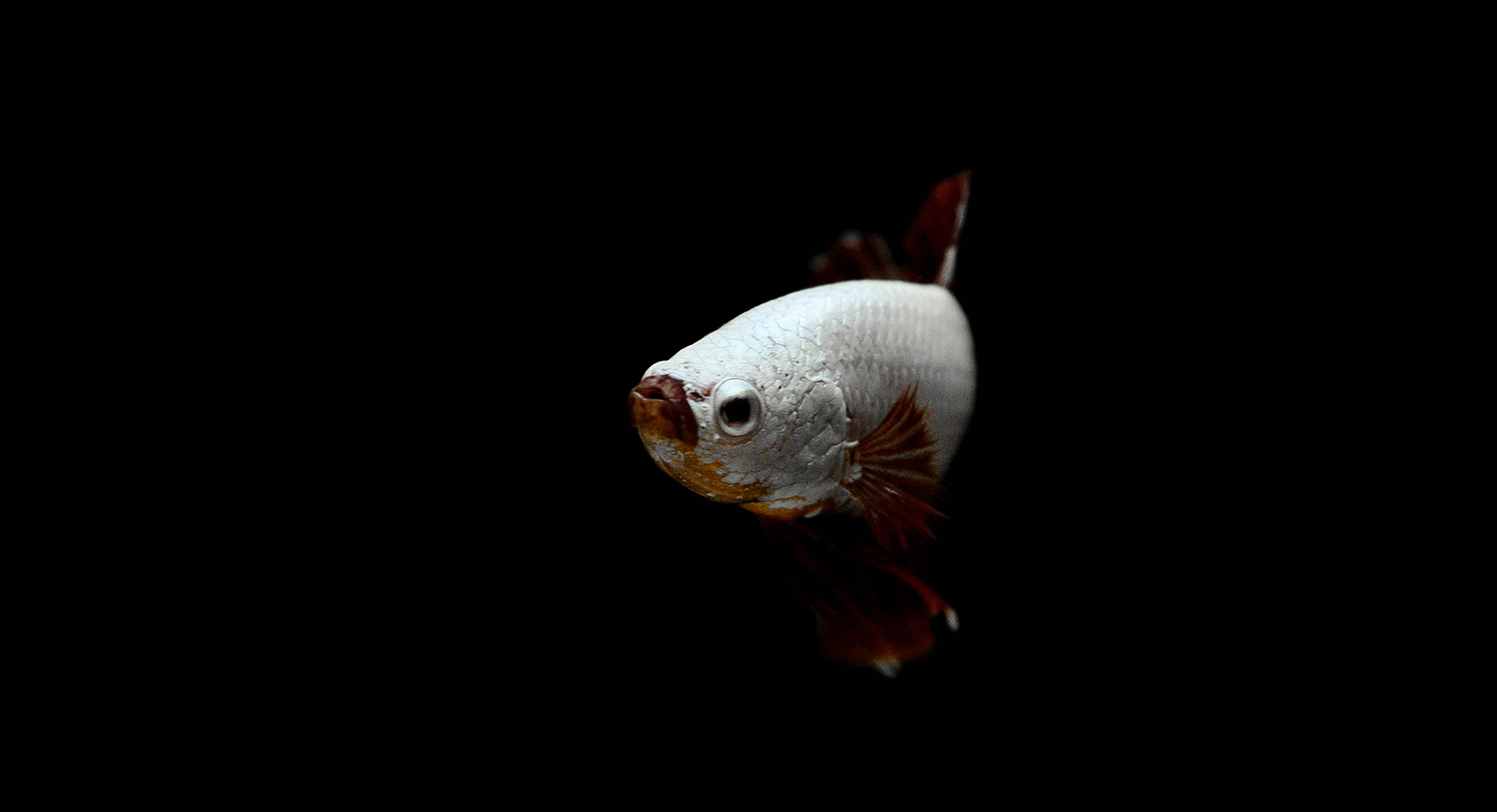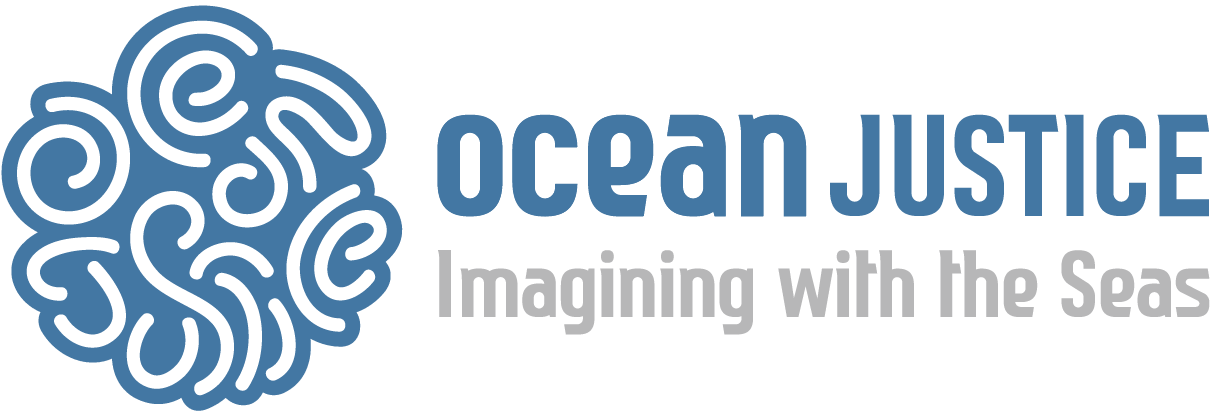
Re-thinking Blue
Despite the ocean’s predominant darkness, blue is increasingly universalised as a conflation of both the ocean and neo-liberal capital: blue humanities, blue economies, blue legalities.
‘Blue’ is the logic of mastery and simply inadequate for ocean justice. Blue renders the ocean fungible and ready for extraction.[1] It could be argued that the blue humanities is a new disciplinary frontier for exploitation by educational institutions. De Loughery writes, “the oceanic turn in capitalism and scholarship seems to fulfil a desire for a material and intellectual (blue) “spatial fix”.[2]
Such efforts to capture the ocean through a blue frame reveal the extent of their unknowability in those terms. The ‘blue economy’ is epistemologically and ontologically ill-equipped to recognise the unique but mostly unknowable qualities of deep and dark, and distinctly non-blue living. Stacy Alaimo reminds us that blue ends at around 200 metres.[3] Solar light completely stops after about a kilometre.
To invoke poet Adrienne Rich’s Ocean diver as they descend from the ocean surface to their depths, ‘First the air is blue and then / it is bluer and then green and then / black’.[4]
Melody Jue reminds us that colour perceptions of the ocean not only differ historically and culturally but that some older languages didn’t have a word for blue as it is understood today. Quite simply, ‘the ocean has not always been blue’.[5]
Susan Reid
[1] Reid, 2022. “Imagining Justice with the Abyssal Ocean”.
[2] DeLoughery, 2020.“Mining the Sea”.
[3] Alaimo, 2014. “Violet Black”.
[4] Rich, 1973. “Diving into the Wreck”.
[5] Jue, 2020. Wild Blue Media: Thinking Through Seawater.

